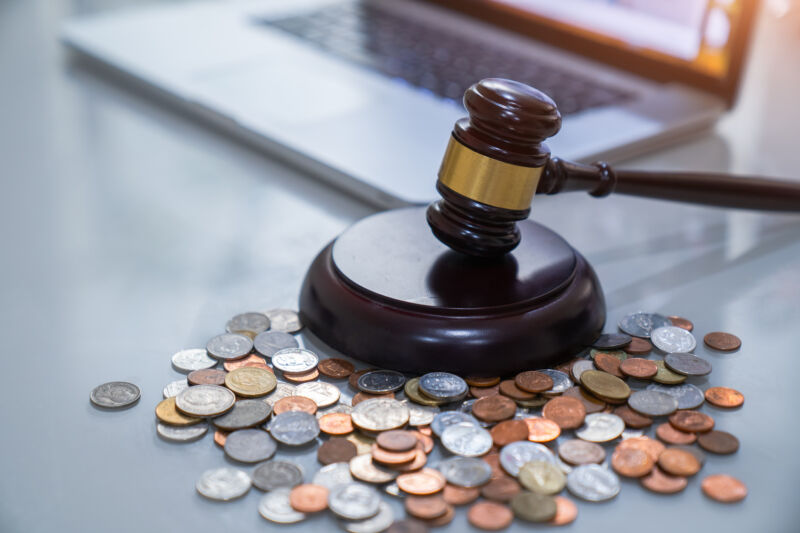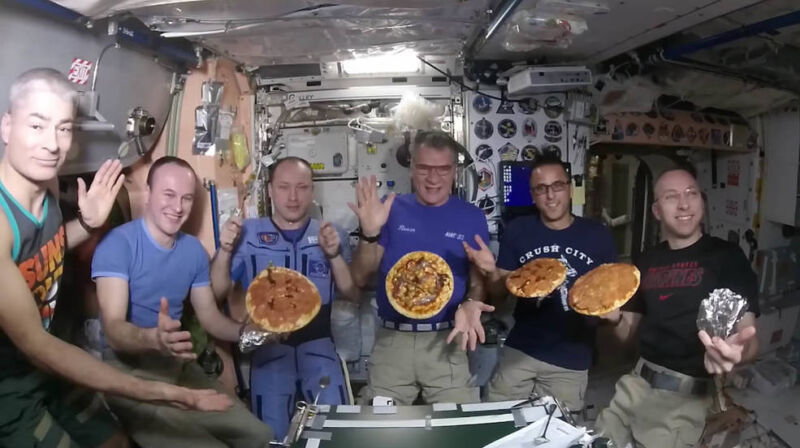People game AIs via game theory

Enlarge / In the experiments, people had to judge what constituted a fair monetary offer. (credit: manusapon kasosod)
In many cases, AIs are trained on material that's either made or curated by humans. As a result, it can become a significant challenge to keep the AI from replicating the biases of those humans and the society they belong to. And the stakes are high, given we're using AIs to make medical and financial decisions.
But some researchers at Washington University in St. Louis have found an additional wrinkle in these challenges: The people doing the training may potentially change their behavior when they know it can influence the future choices made by an AI. And, in at least some cases, they carry the changed behaviors into situations that don't involve AI training.
Would you like to play a game?
The work involved getting volunteers to participate in a simple form of game theory. Testers gave two participants a pot of money—$10, in this case. One of the two was then asked to offer some fraction of that money to the other, who could choose to accept or reject the offer. If the offer was rejected, nobody got any money.


